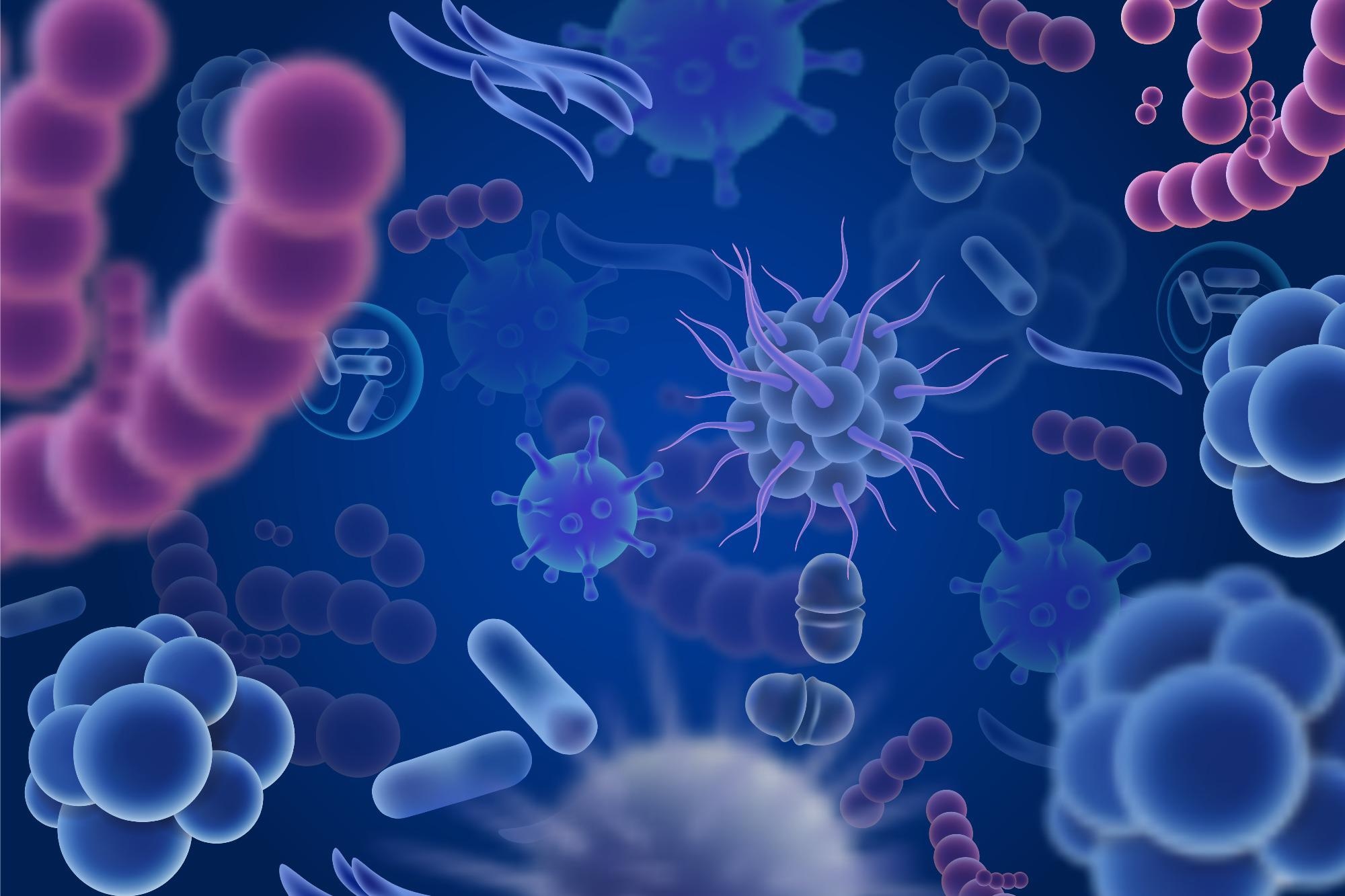In a recent study published in the journal TrAC Trends in Analytical Chemistry, researchers discussed the current trends, challenges, and future of the deoxyribonucleic acid (DNA)-based sensors in real-time and rapid food contaminants analysis.
The widespread use of conventional food testing methods is limited as they use complex instrumentation and have low sensitivity, selectivity, and accuracy. Conversely, DNA-based electrochemical and optical sensors designed using highly advanced nanomaterials and functional polymers have shown great promise as food scanning tools.
Applied DNA sensors could detect several types of food contaminants rapidly and in real-time from a complex matrix of food samples with minimal sample consumption. It is noteworthy that both electrochemical and optical approaches have advantages and disadvantages when rated based on the analytical merits of the sensors. Accordingly, their linear range, the limit of quantification and detection, analysis time, and performance varies when used to test samples in real-world settings.
 Study: DNA sensing technology a useful food scanning tool. Image Credit: Siberian Art / Shutterstock
Study: DNA sensing technology a useful food scanning tool. Image Credit: Siberian Art / Shutterstock
Design and detection principles of DNA-based sensors
Of all food contaminants, chemical and biological contaminants are the most difficult to detect. In fact, food poisoning with infectious microbes and chemicals results in two million deaths annually. Therefore, it has become crucial to assess food products multiple times as they are produced and delivered to the users, i.e., through their “farm to table’’ journey. Recently, more vigorous food contamination analysis has become a priority worldwide to mitigate the spread of severe acute respiratory syndrome coronavirus 2 (SARS-CoV-2).
Nanoparticles create a detection system within a biosensor with a sizable surface area and advanced properties. A majority of the chemically engineered nanomaterials, including carbon nanotubes (CNT) and magnetic nanoparticles (MNP), used in designing sensors could all potentially sense biological and chemical food contaminants and allergens.
More recently, DNA has emerged as an advanced nanomaterial because it is easy to synthesize and can adopt different configurations, such as tetrahedrons, hydrogels, and triple-helix. The use of DNA has also given rise to a plethora of sensor designs, such as DNAzymes, switch DNA, Guanine-quadruplexes, molecular beacons, etc. Indeed, DNA sensors have opened new horizons for the development of disposable devices for accurate and quick on-site detection of food contaminants.
Another critical component of a biosensor is a suitable biosensor receptor. Aptamers are chains of single-stranded DNA or ribonucleic acid (RNA) and have a high-affinity binding constant for their target. Using an in vitro selection process, and systematic evolution of ligands by exponential enrichment (SELEX), the researchers have created aptamers for over 100 proteins to be integrated into electrochemical and optical biosensors. Such biosensors rapidly detect various microbial pathogens, pesticides, allergens, and toxic additives in food.
Several aptamer-based technologies using exosome III activity, clustered regularly interspaced short palindromic repeats (CRISPR)-Cas12a activity have shown promise and are aligned for production. In addition, DNA nanodevices, such as molecular beacons, DNA logic gates, and DNA walkers are extremely sensitive to external stimuli and can be customized to give single to multiple signals. Clearly, DNA signal amplification technologies, such as isothermal amplification and rolling circle amplification (RCA), have revolutionized food DNA-sensing applications.
Similarly, labeled or label-free DNA approaches could be used for food contaminants detection. Notably, a label offers an output signal in correlation with the concentration and the presence or absence of the analyte. Although time-consuming and expensive, labeled DNA-based biosensors offer higher specificity than label-free ones as they undergo signal changes only once due to the interaction between the target and the bioreceptor. Varying signal intensity by increasing or decreasing the distance between the label and the transducer could help develop “signal on” and “signal off” biosensors. Label-free biosensors quantify biomolecular reactions in real-time, are inexpensive, and detect small molecules; however, they often lack selectivity.
Conclusions
Before commercialization, stability and reproducibility issues with DNA-based sensors need to be addressed. The other challenges include the short lifespan and storage conditions of the DNA molecules and the miniaturization of the sensors. Since most of their applications find a basis in proof-of-concept studies, the currently used DNA-based sensors have little capacity for on-site detection of contaminants in food samples. Hence, there is an urgent need to test these devices with larger sample sets. Moreover, there is a need to adopt an integrated approach and not underrate the role of pretreatment of food samples while evaluating the selectivity and sensitivity of the sensors.
Overall, there is a compelling need to continually improve process development to bring down costs and translate the proof-of-concept studies into marketable biosensor devices. The increasing number of patents and publications for DNA-based biosensors show that easy-to-use biosensors that could test home foodstuffs for different contaminants will soon be accessible to the masses.